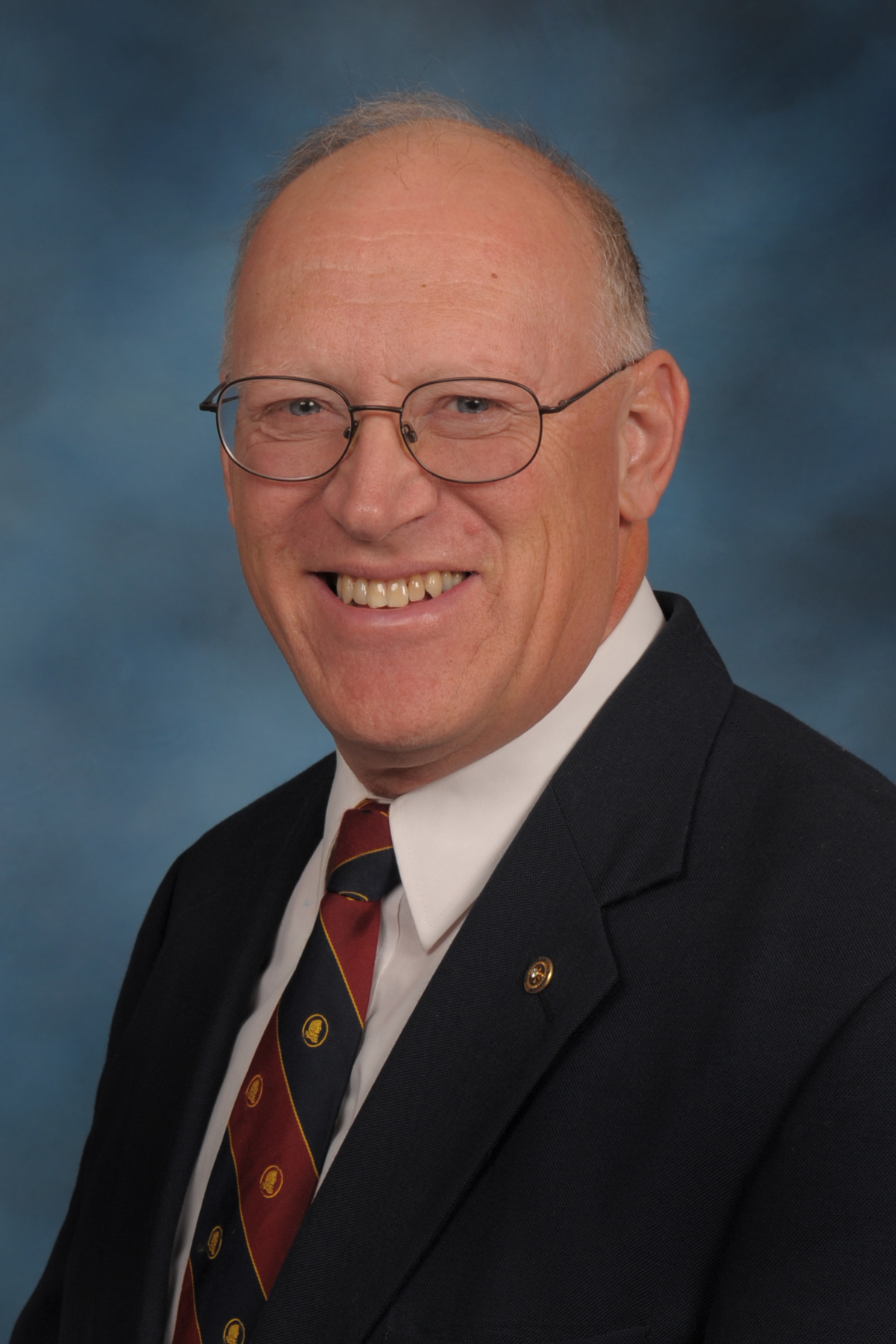March 6, 2017. Members of the Gardiner family were working cattle on their ranch in southwest Kansas when they started to smell smoke. Little did they know that almost their entire ranch was about to be consumed by the largest wildfire in the history of Kansas.

In the last two weeks, we’ve learned about Mark, Greg and Garth Gardiner who operate Gardiner Angus Ranch. They were at the epicenter of this disastrous fire in 2017.
In February 2017, an ice storm loosened overhead power lines in Oklahoma. When high winds arose in March, the lines banged together, arced and started to melt, causing sparks which set fire to the dry grass below.
“We were working cattle when we started to smell smoke. We could tell it was pretty intense,” Mark said. He went to alert the neighbors. When the wind speed rose to 80 miles an hour and changed direction, disaster was on its way.
“There was a wall of flames as far as I could see,” Mark said. He called all the people he could and told them to get out of the path. Mark and his wife Eva hurried to their house which was directly in the path of the flames. He called his brother Greg and told him to bring a trailer to rescue the horses there.
Mark and Eva found flames racing toward the house. They ran in to try to rescue the dogs. Mark was able to grab the kids’ baby pictures and some boxes of letters, but he lost Eva in the smoke.
Meanwhile, Greg had arrived with the horse trailer. Confronted with a 60-foot wall of flames, he drove the truck and trailer out to the wheat pasture in blinding smoke, with embers hitting the windshield.
“I felt so bad that I left,” Greg said, but it turned out to be a blessing. “It was a God thing,” Greg said in retrospect. “Mark’s house is built in a place where there’s only one way in and one way out. If I hadn’t moved the truck when I did, he would have been trapped inside.”
Greg met Eva in the wheat field, but they didn’t know if Mark had survived. He had doubled back to fight the fire. Twenty minutes later, firemen confirmed to them that Mark was alive.
Much of Clark County was consumed in the fire. One man perished when his semi-truck jack-knifed in the smoke and he tried to escape on foot. “You couldn’t outrun it,” Mark said.
Thanks to the hard work of firefighters and other volunteers, the towns in the county were spared. Those include the rural towns of Ashland, population 867; Protection, population 514; and Englewood, population 77 people. Now, that’s rural.
When it was all over, Mark and Eva Gardiner’s home was burned up along with 42,000 acres, 7,000 bales, 270 miles of fence, and hundreds of cattle. Hundreds more had to be euthanized. However, their key genetic beef seedstock survived, as did their horses.
The response to the disaster was heartwarming. “I didn’t leave the ranch for 48 hours, but as I did, a semi hauling hay bales was already coming into the drive,” Greg said.
“People came from all over to help,” Mark said. They were truly making a difference.
The Ashland Community Foundation, Kansas Livestock Association, and Working Ranch Cowboys Association helped provide major relief.
“Senator Jerry Moran and Congressman Roger Marshall were really helpful,” Mark said. He credits local banker Kendal Kay and veterinarian Randall Spare with providing the Gardiners key support which they needed.
“I did everything in the aftermath with a joyful heart, because my family had survived,” Greg said. “Within nine months, we had completely rebuilt and improved our infrastructure,” he said. What’s more, late spring rainfall enabled the recovery of the grassland.
The Gardiners keep it all in perspective. “People say to me, `I’m sorry for your loss,’” Mark said. “Hey, I didn’t lose anything,” he said. “All I lost was just stuff. It’s the people that matter.”
That is a powerful lesson for all of us from March 6, 2017.
Audio and text files of Kansas Profiles are available at http://www.kansasprofile.com. For more information about the Huck Boyd Institute, interested persons can visit http://www.huckboydinstitute.org.
